Introduction to Ladakh Tourism
Ladakh Tourism draws travelers with its surreal landscapes, ancient monasteries, and high-altitude desert charm. Nestled between the Himalayas and the Karakoram Range, Ladakh offers a rare experience that blends silence, spirituality, and raw natural beauty. Unlike many destinations, Ladakh isn’t about mainstream comfort—it’s about the awe of nature and the wisdom of centuries-old cultures.
How Ladakh Tourism Stands Apart
Most destinations offer sightseeing; Ladakh offers presence. It’s not only the altitude or the dramatic scenery—it’s the silence of the valleys, the ringing of prayer wheels, the murmur of the Indus River. Ladakh Tourism appeals to those who seek meaning in their journeys.
The culture here is shaped by Tibetan Buddhism, and that influence runs deep. The people, architecture, festivals, and daily rituals reflect a deep-rooted spiritual system that continues to thrive. This makes every visit more than just travel—it becomes a cultural immersion.
Best Time to Experience Ladakh Tourism
The region opens to tourism mainly from May to September. During these months, Ladakh Tourism reaches its peak. Roads from Manali and Srinagar become accessible, skies stay clear, and local festivals add color to mountain life.
- June and July offer warm days with vibrant cultural events.
- August welcomes fewer tourists but still has excellent weather.
- September is ideal for travelers seeking quieter routes and clear views.
Winters, though challenging, offer a completely different experience for those willing to endure freezing temperatures. Snowy monasteries, frozen rivers, and empty valleys make Ladakh Tourism feel even more untouched.
Top Places That Define Ladakh Tourism
1. Leh Town
Leh is the heartbeat of Ladakh. As the capital and main hub, it’s where most journeys begin. Walk its old market streets, visit the Leh Palace, and spend an evening watching the sun dip behind the mountains. Leh reflects the simplicity of Ladakh Tourism while offering basic comforts.
2. Pangong Lake
Stretching across India and China, Pangong Lake has become a symbol of Ladakh Tourism. Its changing colors—blue, green, even reddish hues—captivate visitors. Situated at 14,270 feet, it offers no luxury, but the silence and scenery are unmatched.
3. Nubra Valley
Famous for its double-humped camels and sand dunes, Nubra Valley brings a desert into the mountains. Visit Diskit Monastery or soak in the views at Hunder. The region’s remoteness is a key part of its charm.
4. Tso Moriri
Less popular than Pangong but equally powerful in presence, Tso Moriri offers quiet surroundings, peaceful water views, and raw mountain air. This part of Ladakh Tourism is ideal for slow travelers.
5. Magnetic Hill and Indus-Zanskar Confluence
Unique stops near Leh include Magnetic Hill, where vehicles appear to defy gravity, and the meeting point of two ancient rivers. Both are quick visits but essential to understanding the terrain and forces that shape Ladakh.
Cultural Pulse of Ladakh Tourism
Monasteries and Spiritual Life
Ladakh Tourism wouldn’t be what it is without its monasteries. Hemis, Thiksey, Alchi, and Lamayuru are just a few of the centuries-old centers of spiritual learning. Every monastery has its own rhythm, festivals, and teachings.
- Hemis Monastery is known for its masked dance festival.
- Thiksey Monastery offers a sunrise prayer experience that stays with you long after.
- Alchi Monastery, on the banks of the Indus, is home to rare Buddhist artwork from the 11th century.
Festivals and Local Traditions
Ladakh Tourism is also defined by its festivals. These events are not made for tourists—they’re part of life. Monastic festivals, New Year celebrations (Losar), and harvest festivals are a visual and spiritual treat.
Local crafts, especially Pashmina weaving and hand-painted thangkas, reflect the artistic soul of the region. Supporting local artisans during your visit adds meaning to the journey and helps sustain the community.
Road Journeys That Shape Ladakh Tourism
Traveling by road is one of the most memorable parts of Ladakh Tourism. The routes are challenging, but every turn offers new scenery.
Manali to Leh
This route is high, remote, and unforgettable. You’ll cross Rohtang Pass, Baralacha La, and Tanglang La—each offering its own view of Ladakh’s power.
Srinagar to Leh
This route is less rough and passes through green valleys, the Zojila Pass, and the stunning town of Kargil. It introduces you gently to the Ladakhi terrain.
Leh to Nubra via Khardung La
One of the highest motorable roads in the world, this route takes you through snow walls and sheer cliffs, dropping you into the sand dunes of Nubra.
These road trips are not just journeys—they’re a major part of the Ladakh Tourism experience, testing travelers’ endurance and rewarding them with unmatched scenery.
Local Cuisine in Ladakh Tourism
Ladakhi food is simple, nutritious, and fits the climate. Don’t expect a long menu; expect warm flavors.
- Thukpa (noodle soup) warms you after long days outside.
- Momos are filled with vegetables or meat and are often homemade.
- Skyu, a local pasta dish, is made for the cold.
- Butter tea may taste strange at first, but it’s a local staple that helps in high altitudes.
Eating in Ladakh connects you with the way locals survive in such tough conditions. This simplicity is part of what makes Ladakh Tourism grounded and real.
Ladakh Tourism and Responsible Travel
Given the fragile ecosystem and limited resources, tourism needs to tread lightly. Responsible practices are essential to protect the natural and cultural wealth of the region.
- Carry reusable water bottles and avoid plastic.
- Respect local customs and religious spaces.
- Avoid overland driving in restricted or sensitive zones.
- Support local guesthouses and eateries instead of large tour chains.
Ladakh Tourism can only sustain its beauty and authenticity if travelers engage with awareness and care. Every visitor becomes a part of the ecosystem—positively or negatively.
Challenges to Expect in Ladakh Tourism
Ladakh is not a polished destination. Its roads are rough, oxygen levels are low, and comfort is basic in many areas. But for those willing to adapt, the rewards are deep.
- Altitude sickness is common. Spend your first day in Leh resting and hydrating.
- Network connectivity is limited. Use this chance to disconnect from screens.
- Harsh sun and cold winds demand layered clothing and skin protection.
Ladakh Tourism isn’t built for speed or ease. It’s about slowing down and accepting what the land gives—and what it doesn’t.
Permits and Practical Details for Ladakh Tourism
Indian nationals require an Inner Line Permit (ILP) for visiting certain areas like Nubra Valley, Tso Moriri, and Pangong Lake. Foreigners require a Protected Area Permit (PAP). These can be arranged in Leh through the tourist office or licensed travel agents.
Carry multiple photocopies and valid ID proof. Keep cash handy, as ATMs are rare outside Leh.
The Soul of Ladakh Tourism
At its heart, Ladakh Tourism is about connection—connection with the land, with ancient cultures, and with oneself. There is no rush here. The mountains don’t move quickly, and neither should you.
Stand before a monastery at sunrise. Walk along a silent trail. Sip tea with a Ladakhi family. These moments shape your memory of the place long after you’ve left.
In a world filled with distractions and noise, Ladakh offers the opposite. And that’s why those who visit often return—not to chase a thrill, but to feel the quiet again.
Conclusion
Ladakh Tourism is not built for instant gratification. It’s not packaged, filtered, or polished. It is what it is—untamed, honest, and deeply human. Whether it’s your first trip or your fifth, Ladakh doesn’t show everything at once. It waits, watches, and slowly reveals its stories to those who respect the silence.
For real travelers—not just tourists—Ladakh is not a destination. It’s a chapter in life you return to, over and over again.

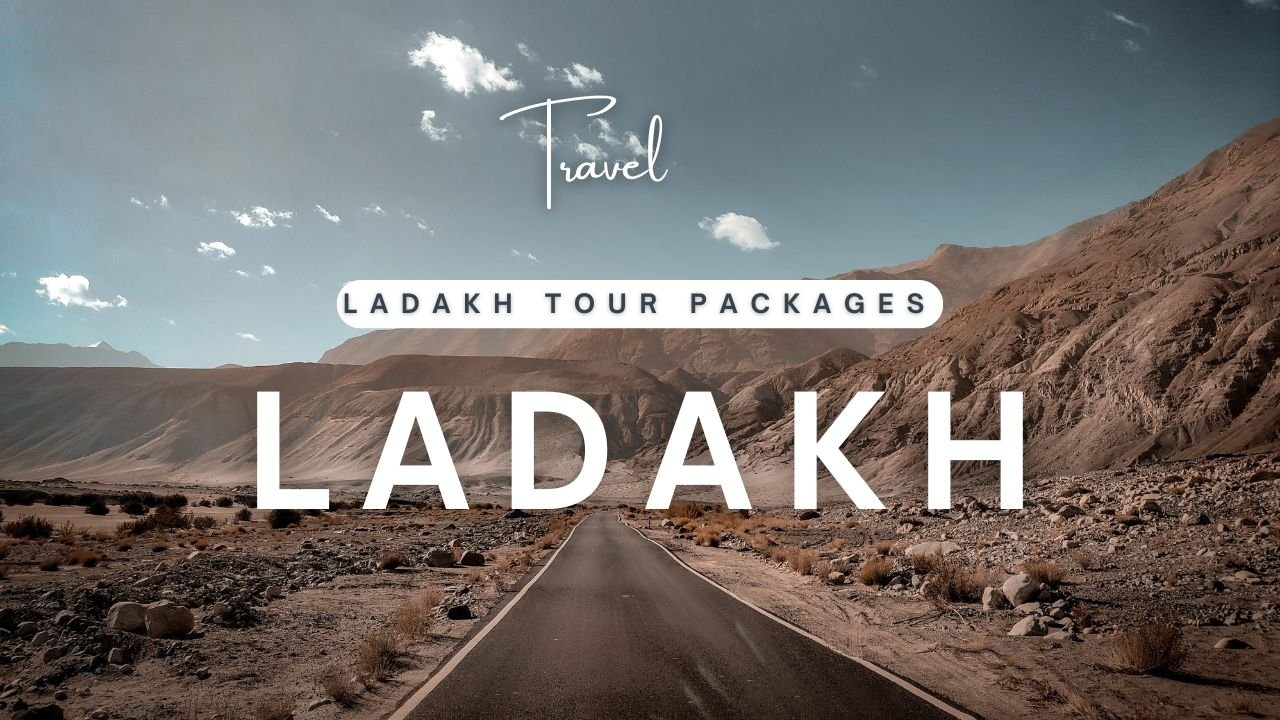

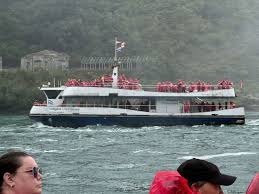
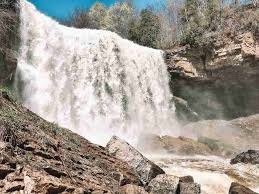
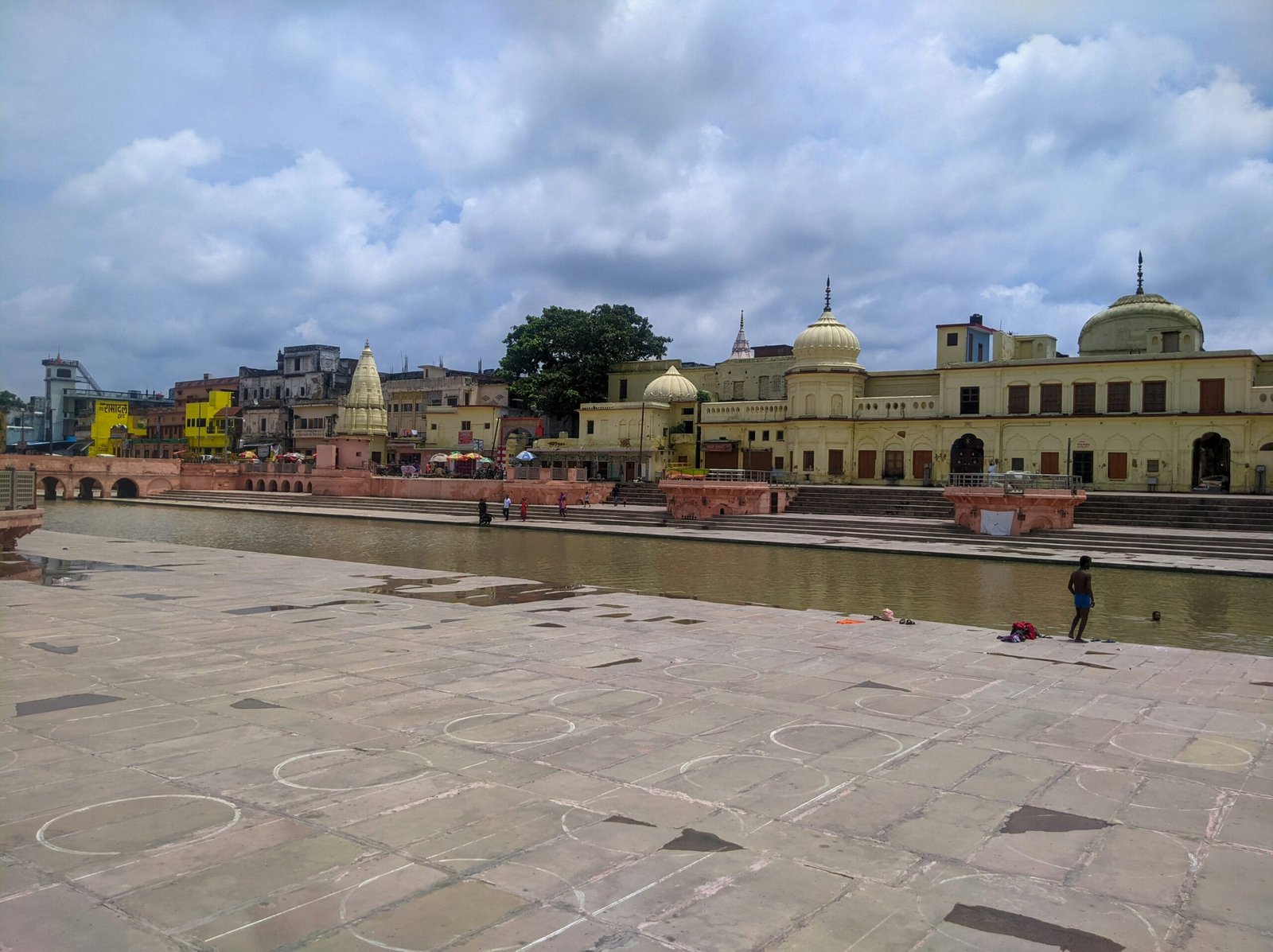
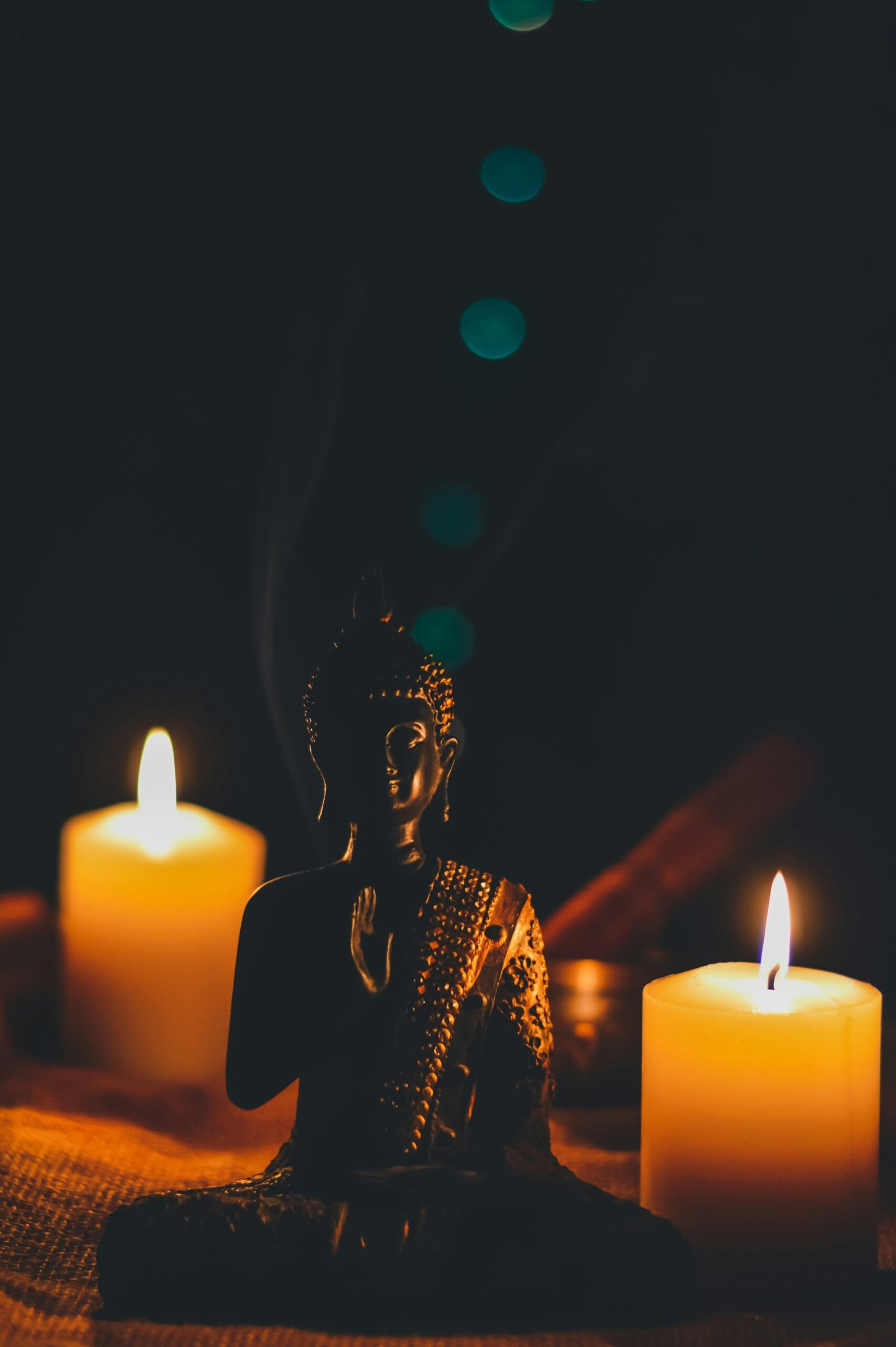
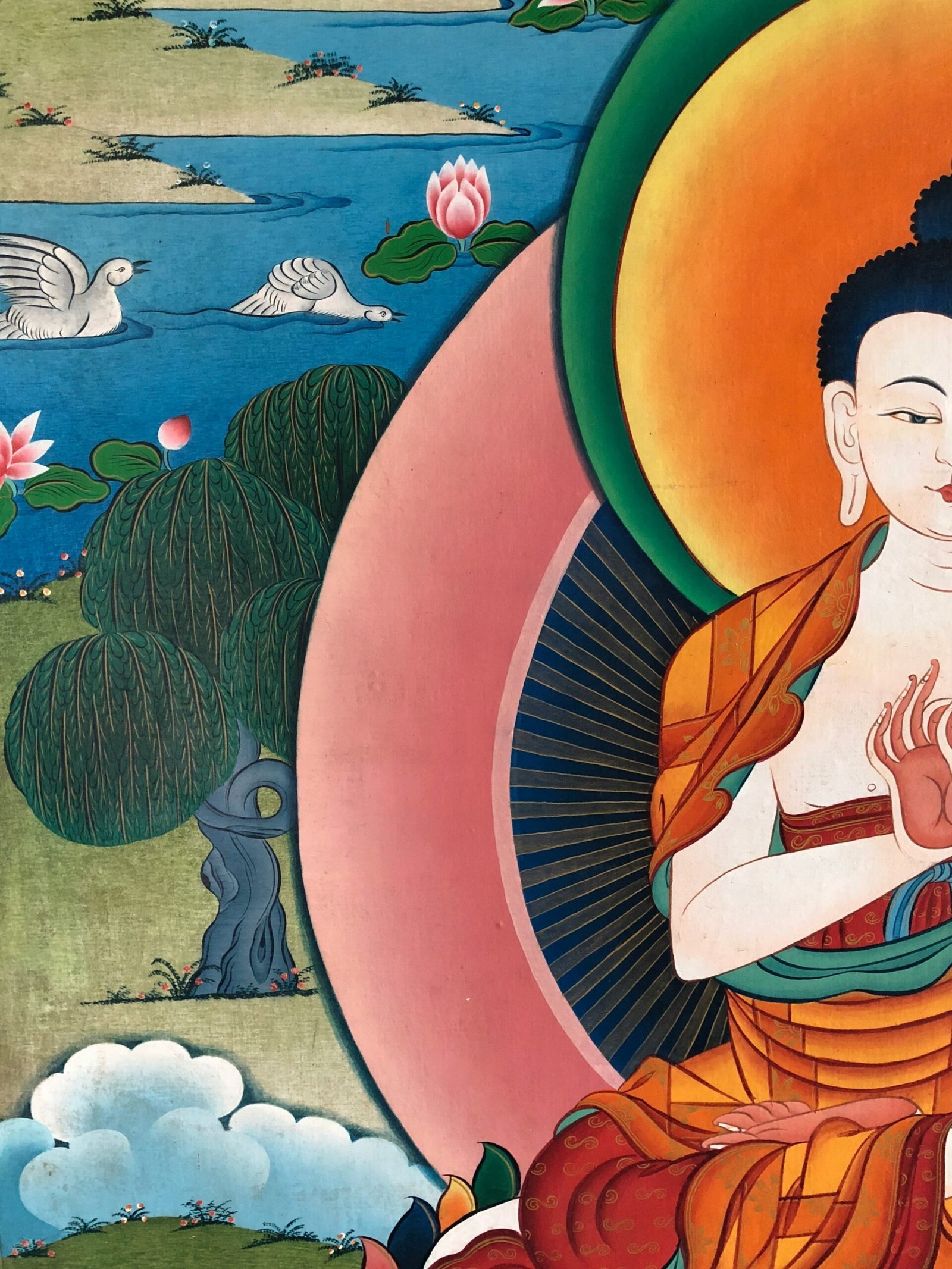
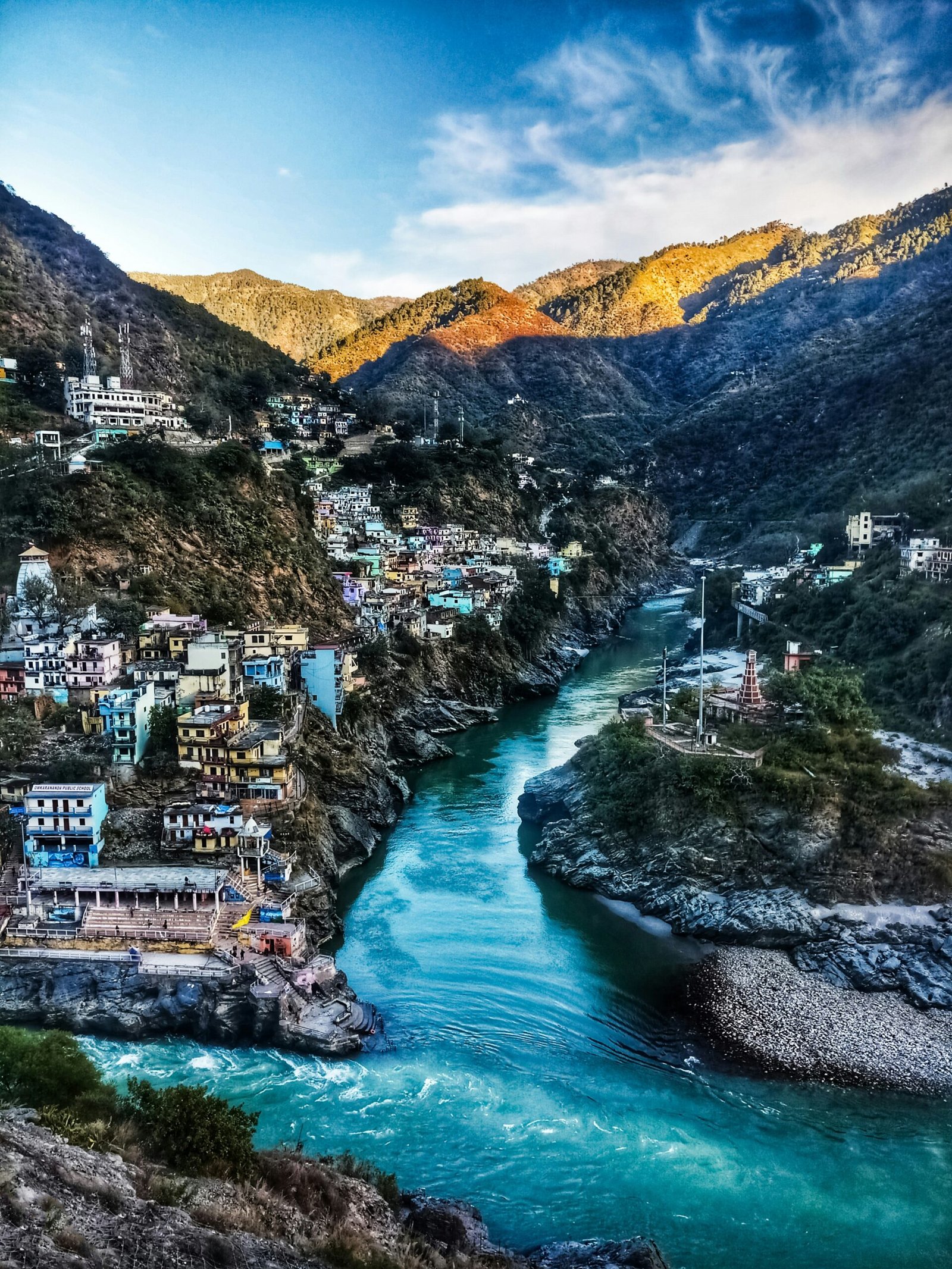
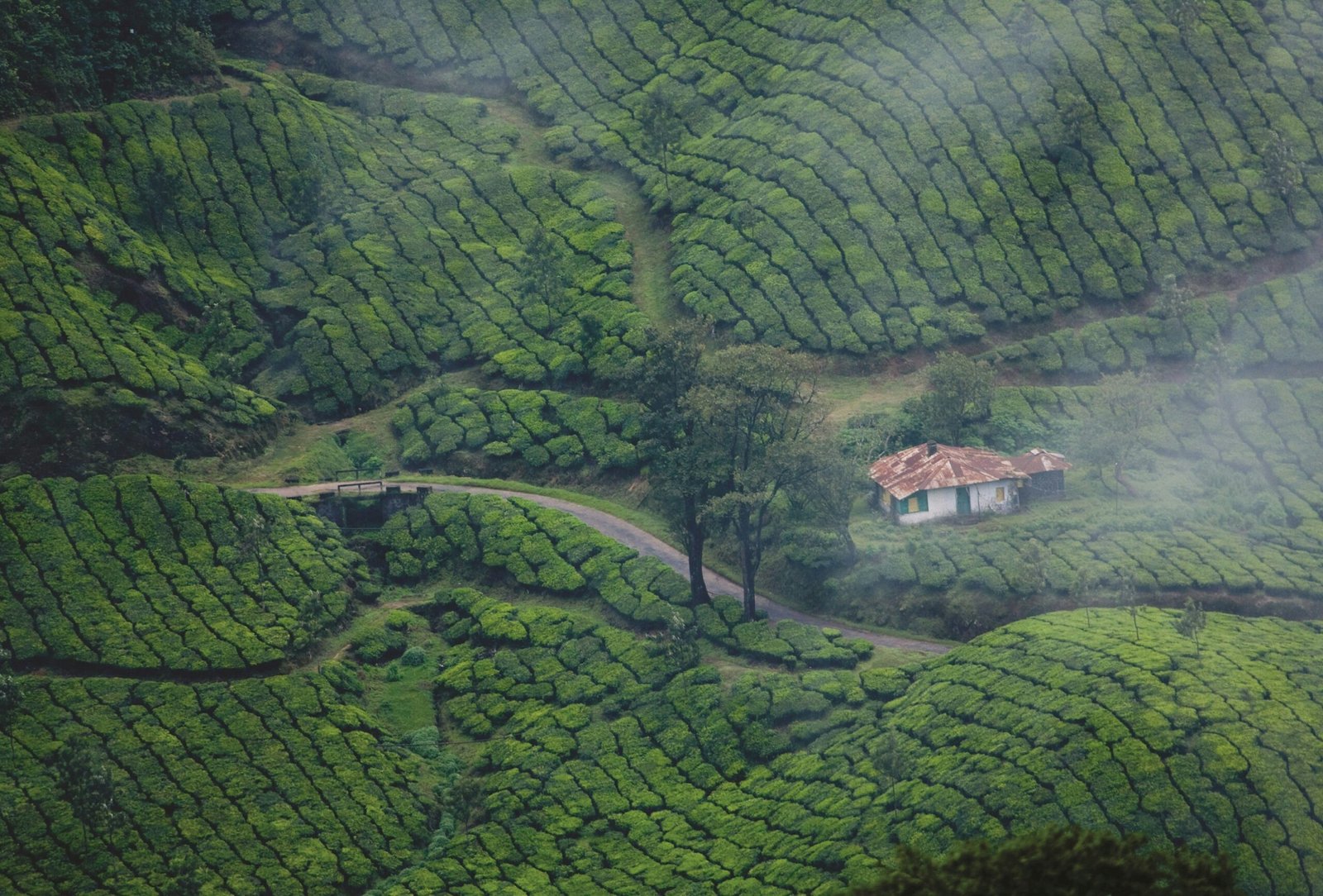
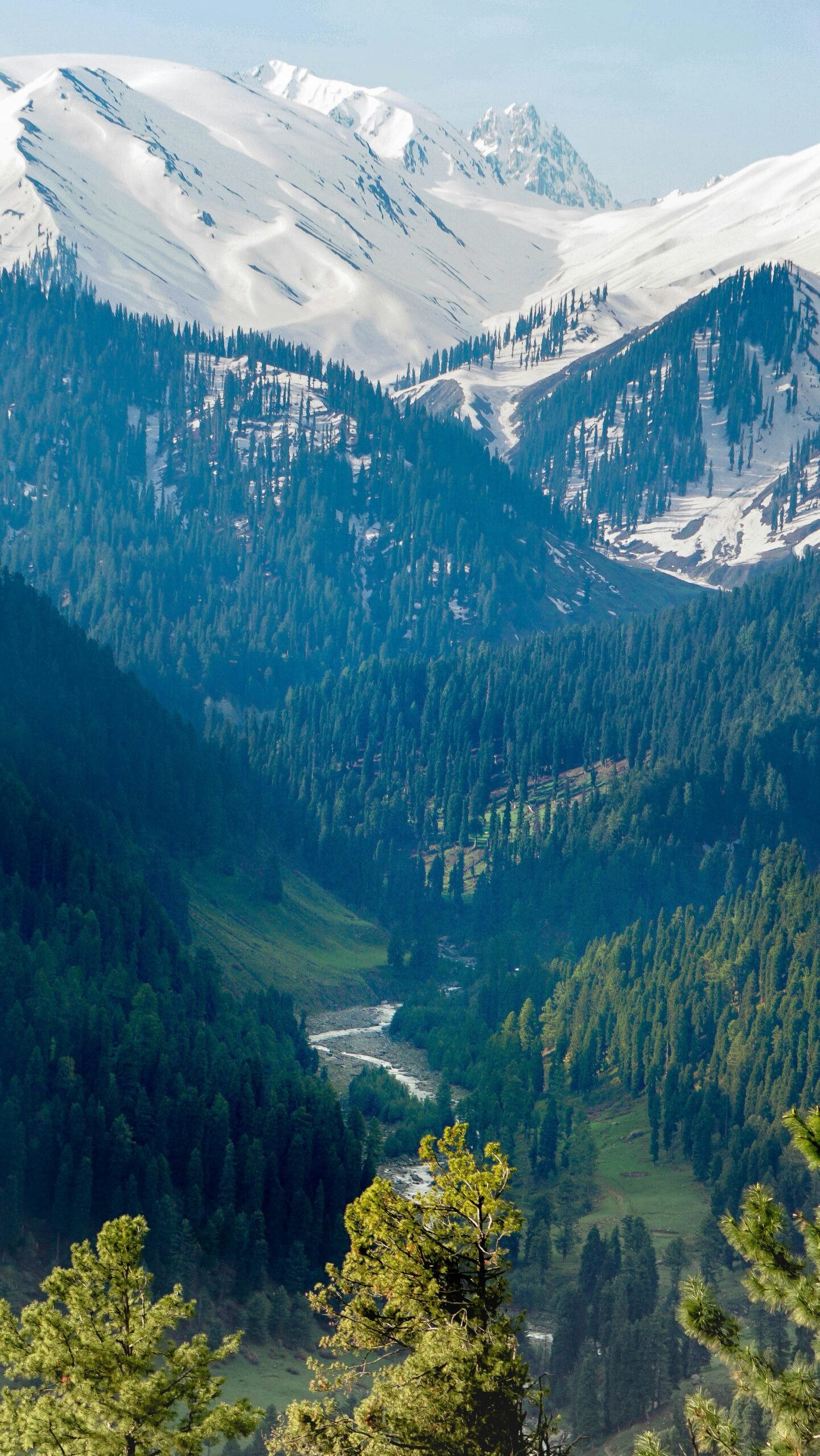
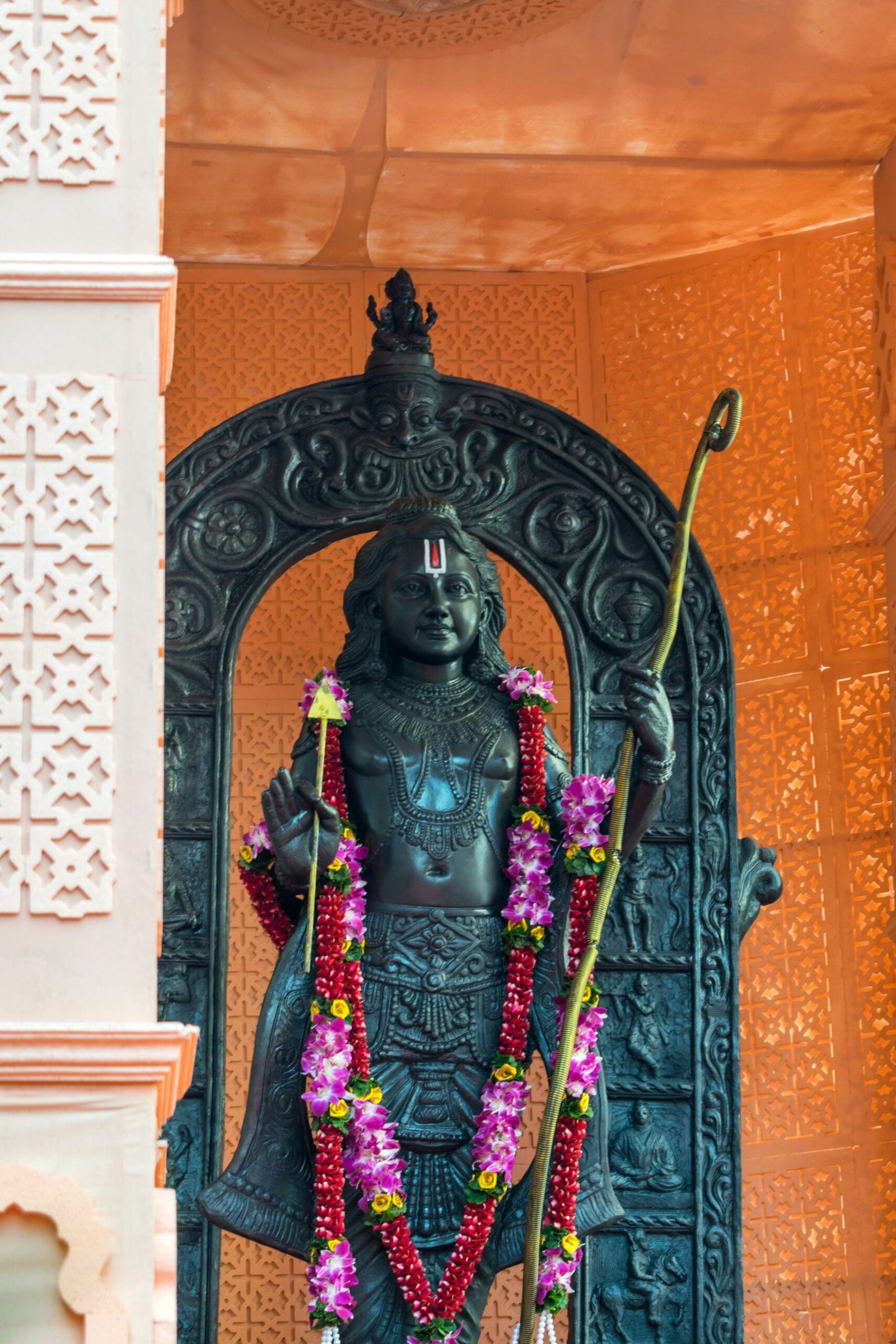




Leave a Reply